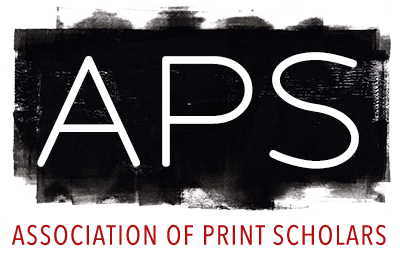Lecture Announcement
Posted: 09/08/2020
Posted by: Julie Mellby
The Books and Prints of Anaïs Nin and her Gemor Press (Virtual Event)
Julie Mellby, Andrew Berman
Organized by Graphic Arts Collection
Princeton University
Princeton, NJ, United States
Princeton University
Princeton, NJ, United States
09/25/2020,
2pm
Please join us at 2:00 p.m. on Friday, September 25, 2020, for the fifth in our series of live webinars highlighting material in the Graphic Arts Collection at Princeton University Library. Recently we acquired most of the rare letterpress editions p. . .
rinted by Anaïs Nin (French-Cuban, 1903-1977). Best known for her diaries, Nin also wrote fiction with themes of history, feminism and multiculturalism. Together with Gonzalo More, Nin ran a private printing press in Greenwich Village where she taught herself to set type, stood for hours pumping a treadle press, and distributed her books with the help of Frances Steloff at Gotham Book Mart. Many were illustrated with original etchings by her husband, Hugh Parker Guiler, a banker who used the pseudonym Ian Hugo so his colleagues would not discover he was also an artist.
They called the imprint Gemor Press (pronounced G. More) after Gonzalo, although it was Anaïs who raised the money and did most of the physical work. Located first on MacDougal Street and later at 17 East 13th Street where the small building she rented still stands. After a close look at the books and prints, we are fortunate to be joined by Andrew Berman, Executive Director of the Greenwich Village Society for Historic Preservation, who will update us on their efforts to landmark this building, as well as other Village homes and studios of writers we all know and love.
This session is free and open to all. To register: click here https://libcal.princeton.edu/event/6949414
Please visit the 'External Link' below for more information.
They called the imprint Gemor Press (pronounced G. More) after Gonzalo, although it was Anaïs who raised the money and did most of the physical work. Located first on MacDougal Street and later at 17 East 13th Street where the small building she rented still stands. After a close look at the books and prints, we are fortunate to be joined by Andrew Berman, Executive Director of the Greenwich Village Society for Historic Preservation, who will update us on their efforts to landmark this building, as well as other Village homes and studios of writers we all know and love.
This session is free and open to all. To register: click here https://libcal.princeton.edu/event/6949414
Please visit the 'External Link' below for more information.
Relevant research areas: North America, 20th Century, Book arts, Etching, Letterpress, Relief printing
